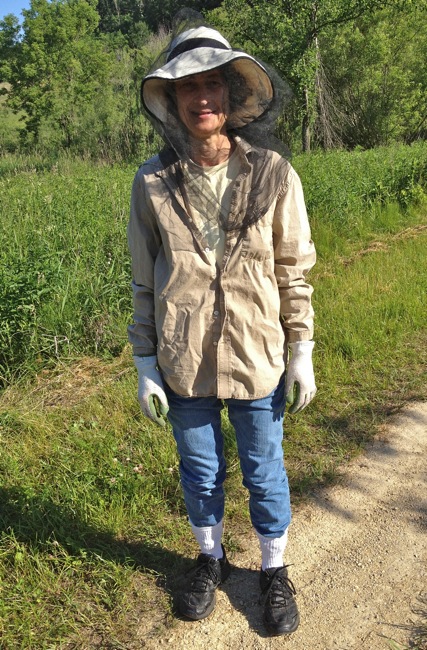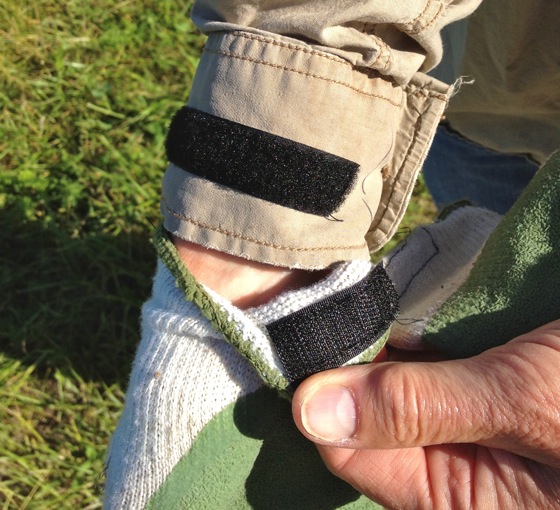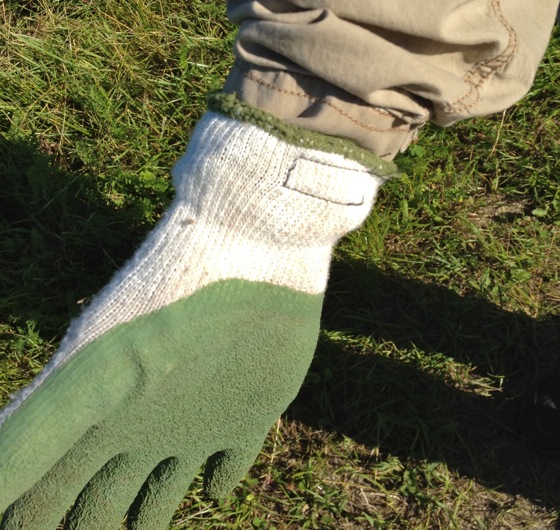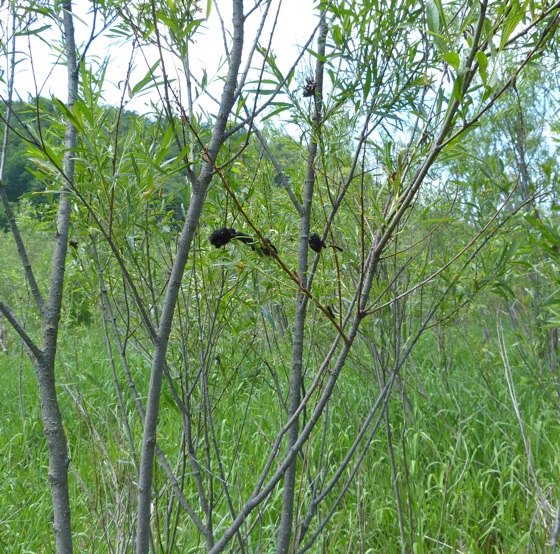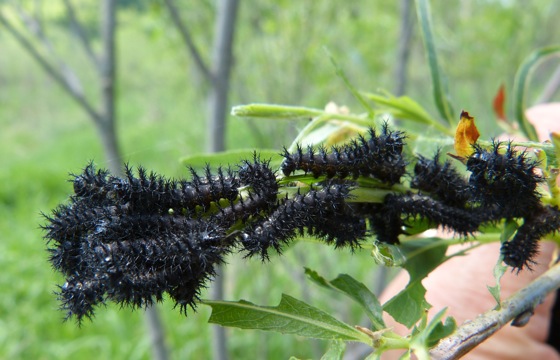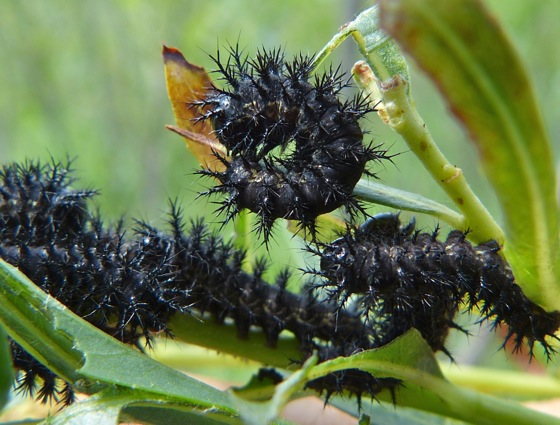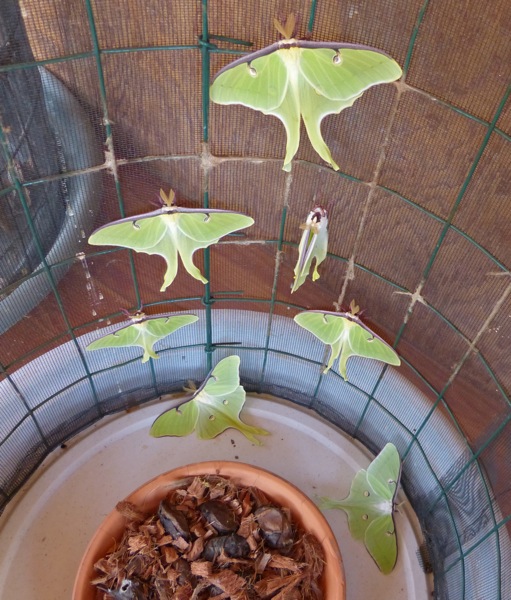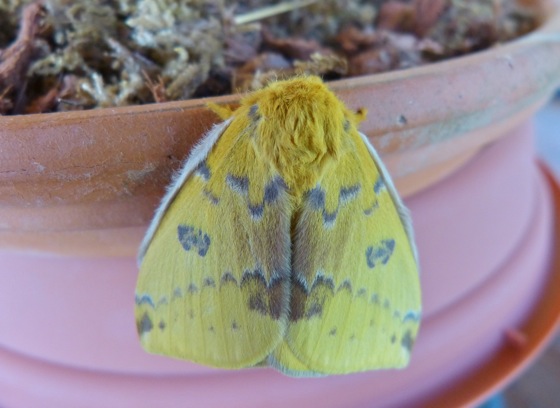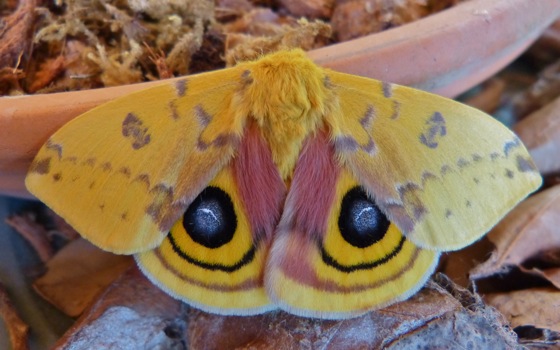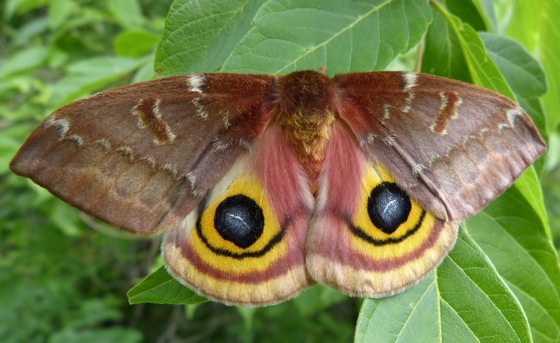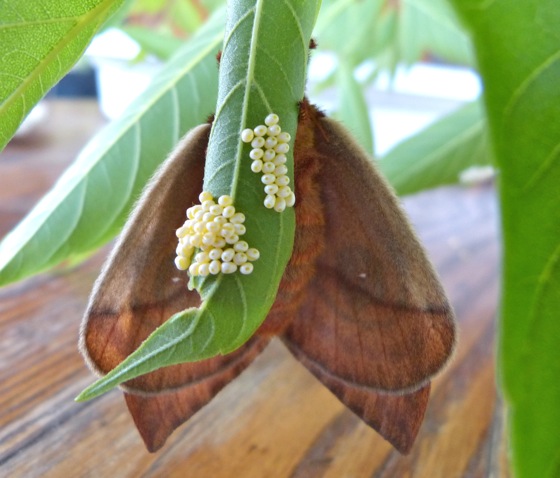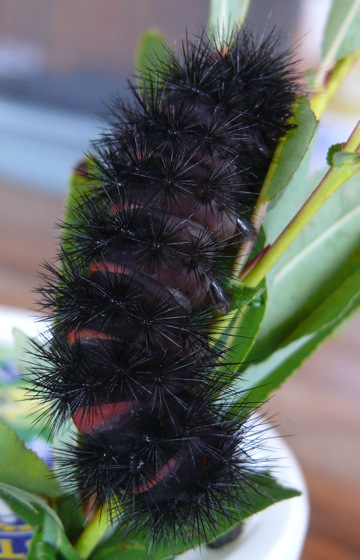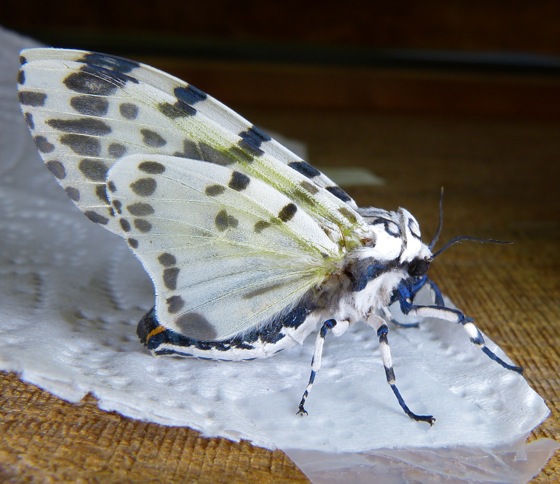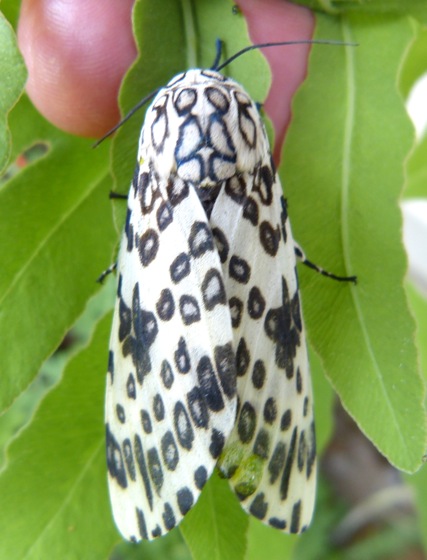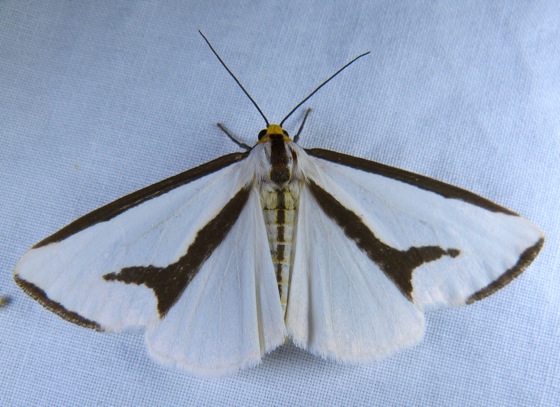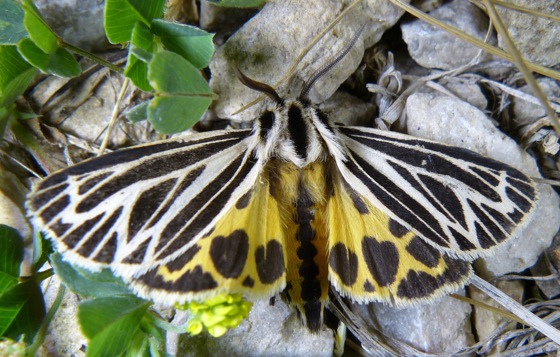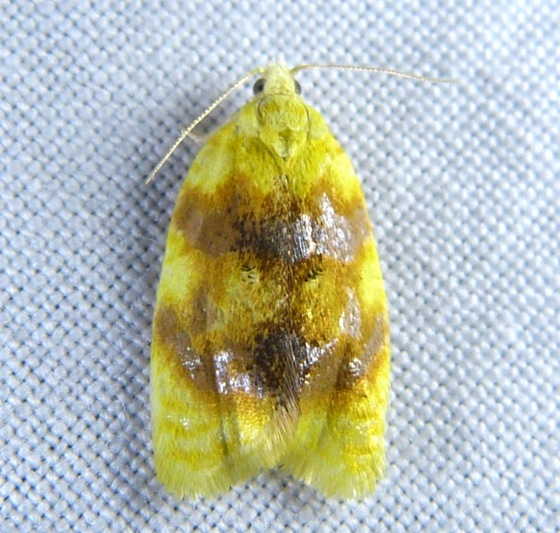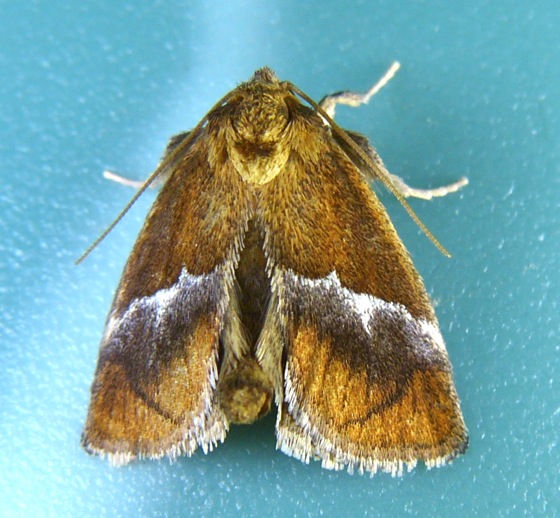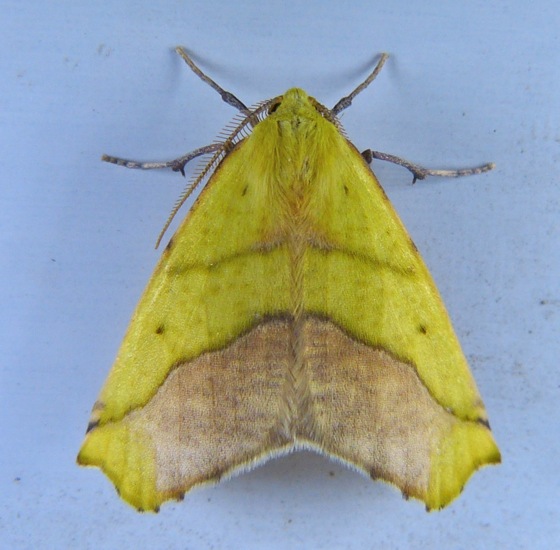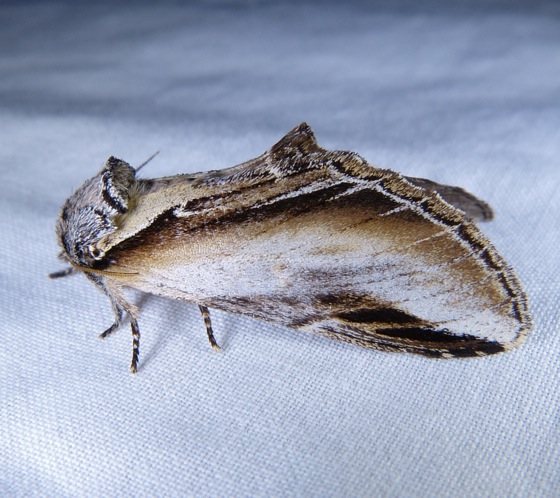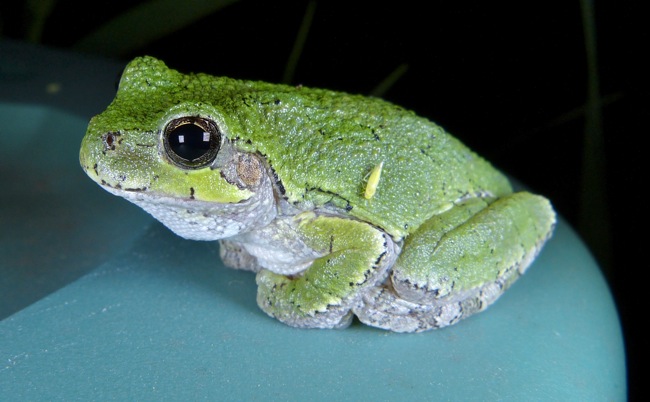As usual, because it’s summer, there’s a little too much going on and I don’t get around to doing blog posts. This is the time of year I spend pulling and cutting Wild Parsnip – a rapidly invading weed, especially in our wetland. In some places we have so much Wild Parsnip that I can’t possibly pull it all, so Mike mows every few weeks to prevent it from going to seed. But there are large areas in the nicest parts of the wetland where I’ve been pulling the parsnip plants for years, and finally have started to make a difference. There are definitely places where there are fewer plants than last year! Still, it’s a project that takes me most of the summer.
I’ve been slowly getting better at protecting myself against the hazards of the plant, and the summer insects. Here I am in my parsnip pulling outfit. It looks goofy, but it works.
The net over my head keeps the bugs away from my face – that was last year’s innovation. My newest idea is to use velcro to attach my gloves to my sleeves. I’ve always had trouble protecting my wrists from the parsnip juice. (Parsnip juice on skin reacts with the sun to produce blisters.) So I’ve sewn strips of velcro on the cuffs of my shirt, and on the wrists of my gloves.
It works perfectly – keeps my wrists covered even when I stretch down to pull on a long stem. Now I’m invulnerable.
All the moths I’ve overwintered have been hatching.
The first excitement was the sighting of some Buck Moth caterpillars in the wetland. I released about 80 adult Buck Moths there last fall, after raising them over the summer. I watched them do their mating flights, and saw several mated pairs, but only found a few eggs that they had laid. I was hoping to start a viable population here, so I’ve been watching to see if any would show up this year. On May 25 I found some – little knots of caterpillars (they’re gregarious in early stages) on some of the willow trees.
Those dark dots are clumps of caterpillars.
Since then they’ve dispersed and they’re much harder to find. I hope they’re still around. I’m raising about 30 more, which I’ll release this fall to augment the population.
My Lunas from last year all survived the winter, so dozens of Lunas hatched and mated and laid eggs. Here are the first ones hatching, on May 23, 2012.
Ian gave me some Io cocoons last year, and they’ve now all emerged, and mated and laid eggs. The males and females have different coloring.
Here’s a male Io with his wings closed
and with his wings open.
This is a female
And a female with her eggs – laid on a Box Elder leaf.
My Giant Leopard Moth survived the winter as a caterpillar.
This is the way it looked in September last year.
I overwintered it in a clay flowerpot, buried in the ground. When I uncovered it in March, it was still crawling around. It ate willow leaves, and then pupated at the end of May. It emerged a few days ago, on June 11, 2012. Here it’s drying its wings.
After releasing it onto some plants by our back door.
Of course, I’m still setting up my moth lights at night, and seeing wonderful moths. Here are a few of the best ones from the last few weeks.
Leconte’s Haploa
Little Virgin Tiger Moth
Oak Leaftier Moth
Yellow-shouldered Slug Moth
Sharp-lined Yellow
Black-rimmed Prominent
This tree frog sat at the edge of the lighted area one night, eating whatever came within reach.
Moth lighting

